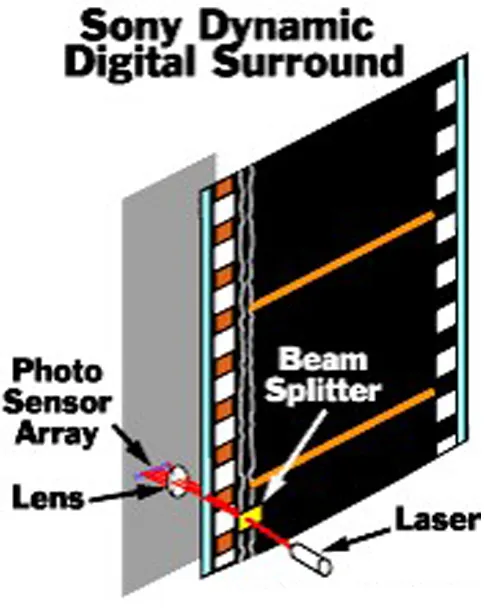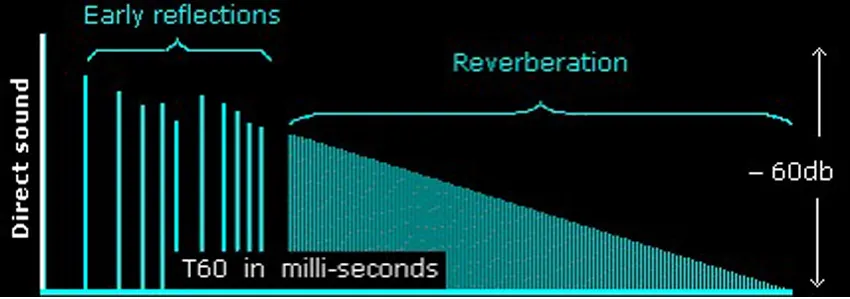If you want to know about the acoustics in auditorium or introduction of acoustics or acoustics in landscape, please click the link.
Acoustics play a crucial role in cinema, as they contribute significantly to the overall experience of watching a movie. Good acoustics are essential to ensure that the audience can clearly hear and understand the dialogue, music, and sound effects in the movie, as well as to create a realistic and immersive atmosphere.
- Going to the movies is a magical experience the whole of humanity shares. The history of movies began with the silent era, and thus sound was not required for this medium to be successful. Cinema sound evolved as an add on technology, beginning with the centre speaker, then adding left and right with surrounds, and finally a sub-woofer (5.1).

- Initially, cinema sound was better in comparison to home record players and radios, until the mid 1960s, when superior hi-fi stereos became available.
- There was a brief period in the late 50s and early 60s when special films were produced and shown in cinemas equipped with super wide screens. Some had 6 channels of magnetic full fidelity sound on the film stock.
- A single cinema was as large as today’s multiplex, sometimes showing the same film for many months or years.
1) Cinema sound and technology
- Analogue technology governs how music is heard. The amplifier with separate cabinet of woofer and tweeter (passive) has changed little in 50 yrs. Changes to this analogue technology, changes the way we hear the music.
- Digital technology manages and stores recorded music in computer format, including CD And DVD Without loss of fidelity (exactness). Critics of digital argue the old vinyl analogue format was superior.

- Dolby digital uses the space between the sprocket holes to encode information. Notice the gray dots between the holes in the photo. In this case there is sound in the movie tape itself i.e. Magnetic based sound enabling surround sound. When it is played, the pickup in the projector detects the sound inside the tape. Sound is produced, amplified and made better through sound insulation and the speakers.
- Digital systems DTS, an acronym for digital theater systems, the name of the company that patented the process. At its essence, DTS is an updated version of the classic sound-on-disc technology used in the early days of cinema. DTS employs a special optical time code that is part of the film. The time code is a series of dots and dashes along the side of each frame between the image and the analog optical soundtracks. DTS is better but there is a risk of the movie and sound not getting matched. Moreover, due to cost and set up time, it is rarely used.

- Sony dynamic digital sound (SDDS) uses the outside edge of the film to stripe digital audio information. Unlike any of the other formats, analog or digital, SDDS provides error correction through the use of an identical redundant stripe on the other edge of the film. SDDS supports increased surround-sound options by offering eight channels of sound. This is the latest in technology as on today.
2) Cinema acoustics
i) Reverberation
- The perfect cinema should have zero reverberation at all frequencies, the same as free field. This means all walls and ceiling, should be 100% absorbent. All light should be absorbed as well, with no visual reflective surfaces.
- The more reverberant a room, the less intelligible the sound will be, and no two cinemas are the same. Older cinemas that have no fabric on walls are excessively reverberant at high frequencies. Many multiplex cinemas have fabric on walls, which absorbs high frequencies, but most ceilings are reverberant.

ii) Direct sound
- Direct sound from the speaker system diminishes in level as a function of the distance (inverse square law) whereas reverberation constantly spreads throughout the room. Because there is always new incoming sound from the speakers, the reverberation keeps building up. At speech the direct sound energy may be equal to the reverberant, but at the lower frequencies the reverberant energy may be 4 to 10 times greater than the direct.
3) Case study
i) Natraj multiplex
- A case study of natraj multiplex, moti nagar was done. The cine complex is under construction and will consist of 3 cinema theatres on completion.
- The smallest theatre with a capacity of 5o people was studied since it is near completion.

- The theatre consists of a tri-amplified 3 line sound system. This system has more sub-woofers than a bi- amplified system.
- The main speaker is located behind the screen with 2 woofers and 2-3 sub-woofers. The surround speakers are attached to the walls. These are provided for special effects in the movie.
a) Screen
- The screen is perforated for better sound to spread out into the audi. The screen is made up of a polyester product.
- When a sound is heard, the person in the first seat hears it 0.2 milliseconds earlier than that sitting on the back seat. For this not to happen, the walls are divided into reflecting and absorbing surfaces.
- The sound is reflected and reaches the person sitting in the last seat. The extra sound gets absorbed in the walls.

- The materials used to reflect sound are — Hard surfaced materials e.G. Veneer board Materials with luster
- Materials for absorbing sound are — Glass wool, acoustic tiles, carpet and human beings
- Sound insulation is provided using glass-wool in the wall. The glass wool is put between the rcc wall and acoustic board which is ideal for sound insulation.
- The same is applied to the ceilings. In natraj complex, special tiles are used for the ceilings which are provided with compressed glass wool attached to it. The placement of tiles is as shown. This arrangement provides better sound insulation.

- Veneer boards are used to reflect the sound.
- After the acoustic board is screwed in place, it is covered with a thin foam and a fabric for absorption as well as an aesthetic finish.
5) Acoustical absorption
- Acoustical absorption of furnishing and curtain fabrics against walls, readily absorb high frequencies, but have limited absorption at low frequencies. The further curtain fabrics are placed away from walls, the better the absorption is to include lower frequencies.
- The amount of sound energy absorbed depends on type of material, weight and pleating width. Rock wool (fiberglass) has the highest absorption capacity, converting molecular air movement to heat (at molecular level).
- Fiberglass consists of minute razor sharp fibers that are irritant and need to be contained within fabric.

- Brick, stone, concrete, reflect all sound. Timber, gyprock, steel, reflect most high frequencies, and a % low frequency is absorbed by the wall. The remaining low frequency energy that is not reflected or absorbed, passes through the wall. Nothing can be done about sound that passes through a wall. Bass frequencies are the most difficult to absorb.
Overall, the importance of acoustics in cinema cannot be overstated. Good acoustics can make the difference between a mediocre and an unforgettable movie experience.
No cinema anywhere in the world can be (is) designed to achieve zero reverberation, this is plain daft. If they were, then they’d be akin to an Anechoic Chamber which, as anyone who’s been in one for longer than about 30-minutes, will testify as being extremely discomforting for occupants inside. Occupant, space and cost issues aside, designing a cinema to achieve zero reverberance will actually be worse than having a small degree of reverberance (due to the lack of “envelopment” of the sound), due to a sole reliance on the direct sound only. A suitable reverberation time (RT) target for a *typical* cinema might be between; 0.3 and 0.6 seconds (depending on the octave-band requirements).